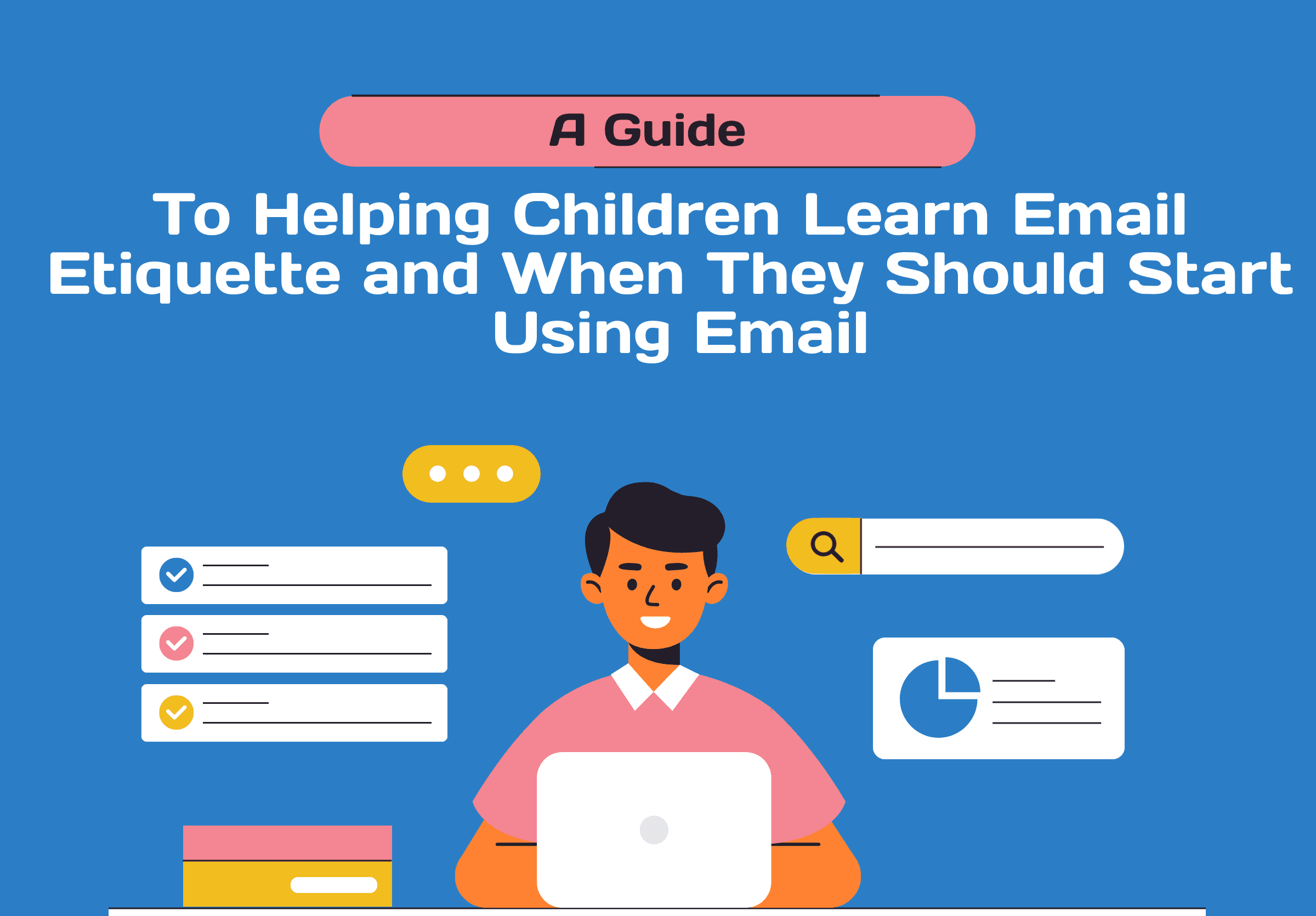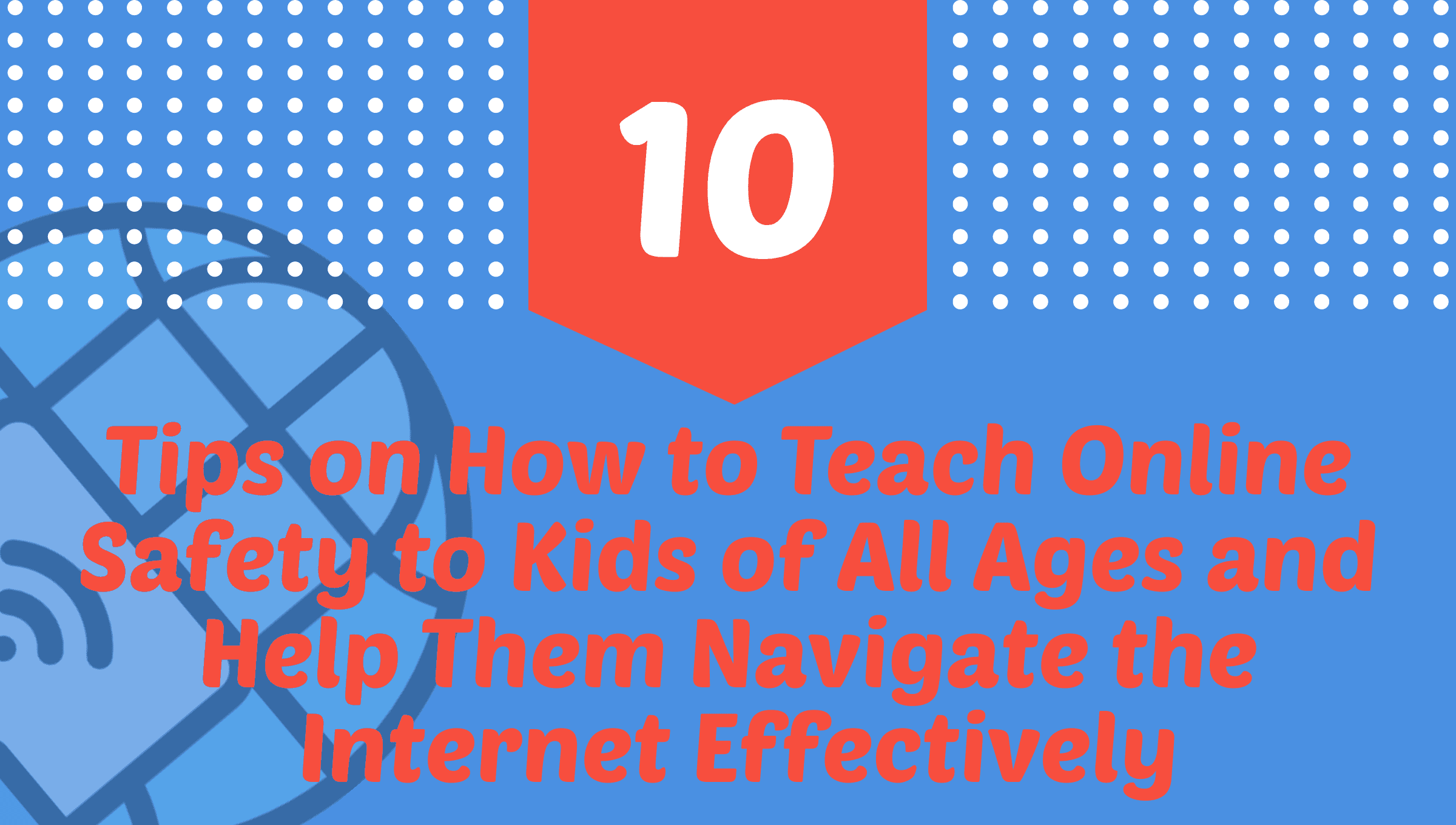
Anxiety is a frequent emotion that can be a normal and healthy reaction to stressful situations in both children and adults. But when anxiety takes over and interferes with your daily activities, managing it can be challenging. The most common mental health conditions in children and adolescents are anxiety disorders, which affect 1 in 8 children in the United States. Understanding and managing a child’s anxiety are critical tasks for parents, caregivers, and educators.
Children’s Anxiety Disorder Causes
Anxiety can be influenced by a variety of elements, including genetics, brain chemistry, life experiences, and environmental stresses. Kids who undergo traumatic events like abuse, neglect, or a serious accident may be more prone to anxiety problems. Children may be more prone to developing anxiety themselves if they have parents or siblings who struggle with it or other mental health problems.
Signs and Symptoms of Anxiety
Anxiety can demonstrate in many different ways, and the signs and symptoms can vary depending on the child’s age, temperament, and coping skills. Some common signs of anxiety in children include:
- Excessive worry or fear about specific situations or events
- Physical symptoms, such as stomachaches, headaches, or difficulty sleeping
- Avoidance of certain activities or places
- Irritability or moodiness
- Perfectionism or excessive self-criticism
- Difficulty concentrating or making decisions
Strategies for Managing Anxiety
Managing anxiety in children requires a holistic approach that involves addressing the underlying causes of anxiety, providing emotional support, and developing coping skills. Here are some strategies that parents, caregivers, and educators can use to help children manage anxiety:
- Talk to the child about their feelings: Promote children to express their feelings and provide a safe and supportive environment for them to do so. Listen actively, validate their emotions, and help them identify the underlying causes of their anxiety.
- Teach coping skills: Help children develop coping skills, such as deep breathing, relaxation techniques, and positive self-talk. These skills can help children manage anxiety in the moment and build resilience over time.
- Create a structured routine: Establish a structured routine for children, including consistent bedtimes, meal times, and homework times. This can help reduce stress and provide a sense of steadiness and predictability.
- Encourage physical activity: Regular physical activity can help reduce stress and anxiety in children. Encourage children to participate in sports, dance, or other physical activities they enjoy.
- Seek professional help: If a child’s anxiety is severe or interfering with daily life, seek professional help. This may include therapy, medication, or a combination of both.
- Recognizing the Signs: Decoding the Musical Notes of Anxiety
Think of anxiety signs as the instruments in an orchestra—each playing a crucial role in the overall composition of your child’s well-being. Is your child’s sleep pattern out of tune, or have the strings of irritability and mood swings been plucked a little too hard? Perhaps, the woodwinds of avoidance behaviors are creating dissonance in their daily routine.
Physical symptoms, my dear parents, are like percussion beats announcing anxiety’s arrival—headaches, stomachaches, fatigue, and changes in appetite. These are the cues, the subtle vibrations in the air, telling you that your child’s emotional symphony might need a conductor.
The Impact of Anxiety on Child Development: Painting with Emotional Hues
Now, imagine your child’s development as a canvas, and anxiety as a color that can either enhance or distort the masterpiece. Anxiety can be like a fog settling over the canvas, affecting cognitive and emotional brushstrokes. It might alter the way your child learns, remembers, and performs academically—an unexpected twist in the plot of their developmental story.
The emotional hues, too, are not spared. Anxiety can influence how your child sees themselves and relates to others, creating lasting imprints on the canvas of their emotional well-being. It’s not just about the here and now; it’s about the masterpiece your child is creating for a lifetime.
Seeking Professional Help: The Masters in Anxiety Management
Now, as you navigate this symphony of emotions, you might wonder: when does one seek the guidance of a conductor, a maestro who understands the nuances of childhood anxiety? Well, my friends, this is where the role of pediatricians comes into play.
Think of us as the conductors of the orchestra, working in harmony with you, the parents, to create a masterpiece of emotional well-being for your child. Early intervention is our forte, and through a collaborative approach, we aim to decipher the notes of anxiety and compose a therapeutic melody.
Therapeutic options are like different musical genres; counseling and psychotherapy, medication when necessary, and alternative therapies are instruments in our repertoire. It’s about finding the right mix, the perfect melody that resonates with your child’s unique composition.
Practical Strategies for Parents: Tuning into Your Child’s Needs
Now, let’s shift our focus to you, the instrumentalists in this symphony. How can you, as parents, contribute to the harmony of your child’s emotional melody? It starts with open communication, creating a safe space for expression. Imagine this space as a musical studio where your child feels free to share their thoughts and fears without judgment.
Establishing routine and predictability is akin to setting a rhythmic tempo to your child’s daily life. Much like the steady beat of a drum, a structured environment provides a sense of security and stability, essential for navigating the unpredictable passages of anxiety.
Encouraging healthy coping mechanisms is like introducing new instruments to the orchestra. Teach your child mindfulness and relaxation techniques, nurturing hobbies and interests that act as soothing melodies amidst the chaos. Picture these activities as the calming notes in their emotional repertoire.
Building Resilience in Children
In this grand symphony of childhood, building resilience is the crescendo that empowers your child to face challenges head-on. Emphasize their strengths and achievements, helping them compose a self-image that radiates positivity. Celebrate each small victory as a triumphant note in their journey.
Social skills development is like the harmonious interplay between instruments, fostering healthy peer relationships and encouraging teamwork. Your child is not a soloist; they are part of a larger ensemble, learning to play in harmony with others.
Anxiety in School Settings
As we move through the movements of this guide, let’s not forget the school setting—a significant backdrop in your child’s emotional symphony. Collaboration with teachers and school staff is key, much like different sections of an orchestra working together for a flawless performance.
Educational accommodations, such as Individualized Education Programs (IEPs), create a supportive learning environment tailored to your child’s needs. It’s about orchestrating an atmosphere where every instrument, every student, can contribute to the overall harmony.
Conclusion: Harmonizing Your Child’s Emotional Symphony
In closing, dear parents, this guide is but a prelude to the ongoing symphony of your child’s emotional well-being. As your pediatrician and guide, I encourage you to embrace the journey, conducting the orchestra of care with compassion and understanding. The complexities of childhood anxiety may seem daunting, but remember, every note, every strategy explored here contributes to the melody of resilience and joy we aim to compose for your child.
Now, as you reflect on the insights shared, consider this: in the orchestra of your child’s life, how can you fine-tune your role as a conductor, ensuring that the emotional symphony remains harmonious and full of promise? Ponder this question, and let it resonate as you continue your parenting voyage.
What is a “Worry Box” or “Worry Jar,” and How Can It Help Children with Anxiety?
A “worry box” or “worry jar” is a simple, yet effective tool designed to help children manage their anxious thoughts. The concept involves a decorated container where children can symbolically “store” their worries.
Here’s how it works and why it can be beneficial:
Creating the Container:
Select a box or jar that your child likes.
Decorate it together using stickers, paint, or any crafts they enjoy. This personal touch makes the process more engaging and less intimidating.
Designating a Placement:
Find a special spot in your home for the worry box or jar.
This consistent placement makes it easy for your child to access when they feel overwhelmed.
Using the Box or Jar:
When your child feels anxious, give them space to talk about their worries.
Guide them to imagine placing each worry into their hands.
Then, have them physically put these worries into the container. This symbolic act helps them feel like they are taking control and compartmentalizing their anxiety.
Sealing the Worries:
Ensure the container has a lid or latch. This visual representation helps your child understand that their worries are contained and won’t escape to trouble them continuously.
It’s important that the child feels the worries are safely stored away until an appropriate time to address or think about them again.
Benefits of a Worry Box or Worry Jar
Empowerment: Children can feel more in control of their emotions.
Visualization: It provides a tangible way to visualize their worries being set aside.
Routine: Establishing a regular practice can reduce anxiety over time.
Communication: Encourages open discussion about feelings and anxieties with parents or caregivers.
In essence, a worry box or jar is a therapeutic tool that transforms abstract fears into manageable, contained entities, fostering a sense of security and control for your child.



